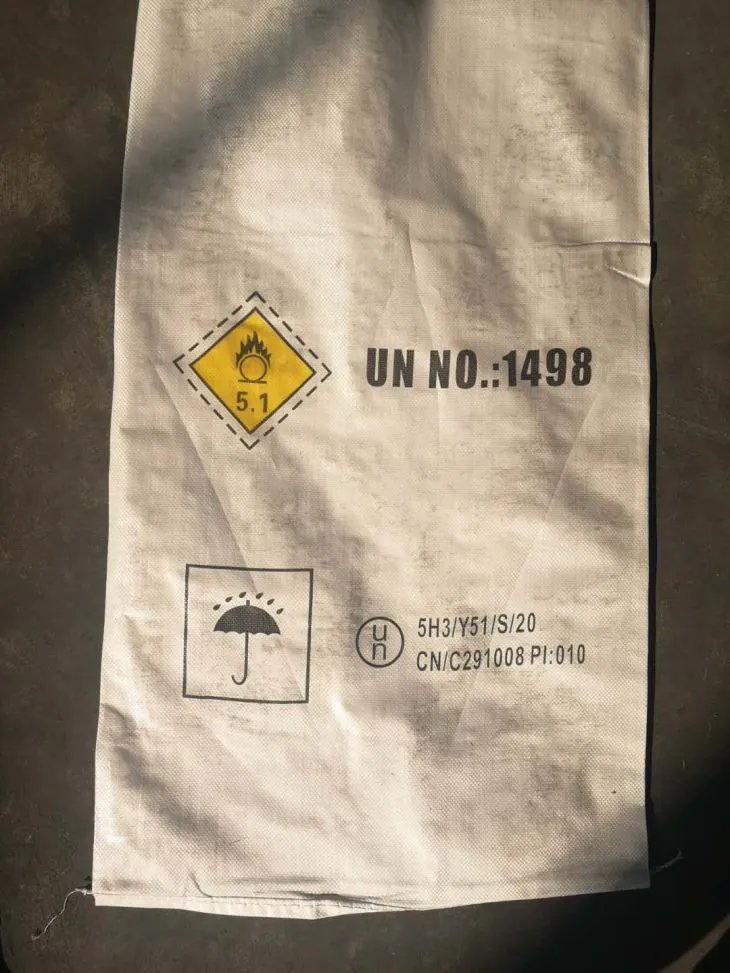



Caustic Soda Cost Analysis - Pricing Trends and Insights
Understanding the Cost of Caustic Soda
Caustic soda, scientifically known as sodium hydroxide (NaOH), is a crucial chemical used in various industries, including manufacturing, water treatment, and food processing. Its demand has been steadily increasing due to its versatility and essential role in several chemical processes. As with any industrial chemical, the cost of caustic soda is influenced by multiple factors, making it vital for businesses and consumers to comprehend these influences.
One of the primary factors affecting caustic soda costs is raw material prices. Sodium hydroxide is primarily produced through the electrolysis of saltwater or as a by-product of chlorine production. Therefore, fluctuations in the prices of salt and energy can directly impact the cost of caustic soda. For instance, rising electricity prices can lead to increased production costs, ultimately reflecting in higher market prices.
Additionally, geopolitical factors can have a significant influence. Trade agreements, tariffs, or political instability in key producing regions can disrupt supply chains, causing price volatility. For example, an increase in tariffs on imported caustic soda can lead to higher costs for industries reliant on this essential chemical, as domestic production may not meet demand.
caustic soda cost

The global economic landscape also plays a crucial role. Economic growth in emerging markets often results in increased demand for caustic soda, particularly in sectors such as construction, textiles, and food processing. When demand outstrips supply, prices typically surge. Conversely, during economic downturns, demand may plummet, leading to decreased prices.
Moreover, environmental regulations are increasingly shaping production costs. Stricter regulations on emissions and waste management can require manufacturers to invest in cleaner, more efficient technologies, which may elevate the cost of production. These costs are often passed along the supply chain, affecting end consumers.
Lastly, currency fluctuations can impact international trade. For countries that import caustic soda, a weak local currency may make imports more expensive, driving prices up domestically.
In summary, the cost of caustic soda is not static. It is influenced by various interrelated factors, including raw material and energy prices, geopolitical events, economic trends, environmental regulations, and currency fluctuations. Understanding these dynamics is crucial for businesses involved in the production, purchase, or sale of caustic soda, allowing them to navigate its economic landscape more effectively.
-
Anhydrous Formic Acid 80% 85% 94% - High Purity SolutionsNewsAug.30,2025
-
Accurate Fire Assay Flux for Gold & Silver Ore AnalysisNewsAug.29,2025
-
Advanced Paint Chem Solutions: Quality Chemicals for CoatingsNewsAug.28,2025
-
Potassium Nitrate: The Ultimate Fertilizer for Agriculture and GardeningNewsAug.25,2025
-
Potasium Persulphate: A Versatile Chemical for Industrial ApplicationsNewsAug.25,2025
-
Industrial Applications of Sodium HydroxideNewsAug.25,2025
-
Industrial & Household Uses of Sodium BisulfateNewsAug.25,2025










